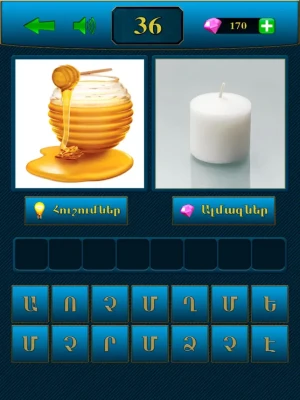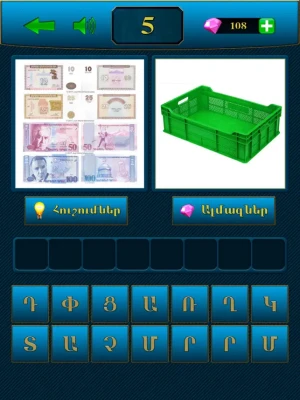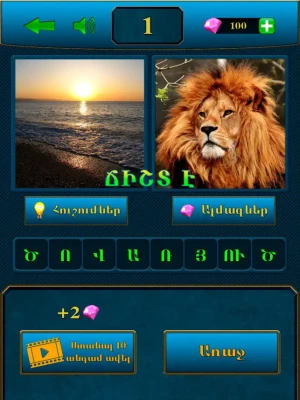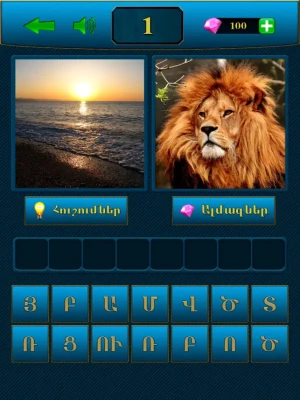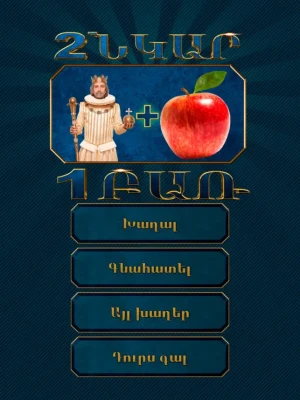
Latest Version
1.03
January 16, 2025
MrAppMobile
Games
iOS
83 MB
0
Free
Report a Problem
More About 2 Nkar 1 Bar
Unlocking the Secrets of Diamond Quality: A Comprehensive Guide
When it comes to purchasing diamonds, understanding their quality is essential. This guide will delve into the key factors that determine diamond quality, helping you make informed decisions whether you're buying a single diamond or a collection. Let’s explore the intricacies of diamond grading and how to choose the perfect gem for your needs.
The Four Cs of Diamonds
To evaluate a diamond's quality, you must familiarize yourself with the Four Cs: Cut, Color, Clarity, and Carat weight. Each of these factors plays a crucial role in determining a diamond's overall value and appearance.
1. Cut: The Heart of a Diamond's Brilliance
The cut of a diamond refers to how well it has been shaped and faceted. A well-cut diamond reflects light beautifully, creating a stunning sparkle. The cut is graded from Excellent to Poor, with the best cuts maximizing the diamond's brilliance. When selecting a diamond, prioritize the cut to ensure you get a gem that dazzles.
2. Color: The Subtle Hues of Diamonds
Diamonds come in a range of colors, from colorless to shades of yellow and brown. The Gemological Institute of America (GIA) grades diamond color on a scale from D (colorless) to Z (light yellow). For a classic look, aim for diamonds in the D to J range, as they offer a beautiful balance of quality and value.
3. Clarity: The Purity of Your Diamond
Clarity measures the presence of internal or external flaws, known as inclusions and blemishes. The GIA clarity scale ranges from Flawless (no inclusions visible under 10x magnification) to Included (inclusions visible to the naked eye). For most buyers, diamonds with clarity grades of VS1 to SI1 provide an excellent balance of beauty and affordability.
4. Carat Weight: The Size of the Diamond
Carat weight measures the size of the diamond. One carat equals 200 milligrams. While larger diamonds are rarer and more expensive, it's essential to consider the other Cs to ensure you choose a diamond that meets your aesthetic and budgetary needs. A well-cut diamond can appear larger than its carat weight suggests, so focus on overall appearance rather than just size.
Choosing the Right Diamond for You
Now that you understand the Four Cs, it’s time to consider how to choose the right diamond for your specific needs. Here are some tips to guide you through the selection process:
1. Define Your Budget
Before you start shopping, establish a budget. Diamonds can vary significantly in price based on their quality and size. Knowing your budget will help you narrow down your options and avoid overspending.
2. Prioritize the Four Cs
Decide which of the Four Cs are most important to you. For example, if you value brilliance over size, focus on finding a diamond with an excellent cut. If size is your priority, you may need to compromise on clarity or color.
3. Consider the Setting
The setting of the diamond can enhance its appearance. Choose a setting that complements the diamond's characteristics and your personal style. Whether you prefer a classic solitaire or a more intricate design, the right setting can elevate the overall look of your piece.
4. Seek Professional Guidance
Don’t hesitate to consult with a reputable jeweler or gemologist. They can provide valuable insights and help you navigate the complexities of diamond selection. A knowledgeable professional can guide you toward the best options based on your preferences and budget.
Conclusion: Making an Informed Diamond Purchase
Understanding diamond quality is crucial for making an informed purchase. By familiarizing yourself with the Four Cs and considering your personal preferences, you can select a diamond that not only meets your aesthetic desires but also fits within your budget. Remember, a diamond is not just a purchase; it’s an investment in a timeless piece that can be cherished for generations. Take your time, do your research, and enjoy the journey of finding the perfect diamond.
Rate the App
User Reviews
Popular Apps










Editor's Choice











